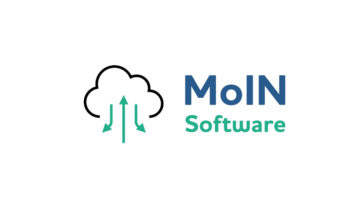Indonesian authorities have installed and successfully tested a new tsunami early warning system incorporating 2wcom FM-RDS Multi-Hazard Public Warning Receivers.
During the Tsunami Bali Drill, held last December in southern Bali, a 2wcom receiver was placed on a chair on Sindhu Beach and powered by battery only.
Real-time warnings were sent from Jakarta to radios at the beach command post via subcarriers of the Radio Republik Indonesia (RRI) FM channels.
After the imaginary underwater earthquake and the sound of tsunami siren, drill officials evacuated people to Made Pica stadium, about 2.1 kilometers from the beaches.
With the new system, when special offshore buoys detect the approach of a possible tsunami, an emergency warning is immediately broadcast nationwide on RRI, interrupting regular programming.
The December drill involved several thousand people at Sindhu Beach and Sanur Beach. The test was part of events marking the second anniversary of the 2004 tsunami that killed an estimated 167,000 people in Indonesia and displaced more than a half million people. Thousands more were killed throughout the Indian Ocean basin.












